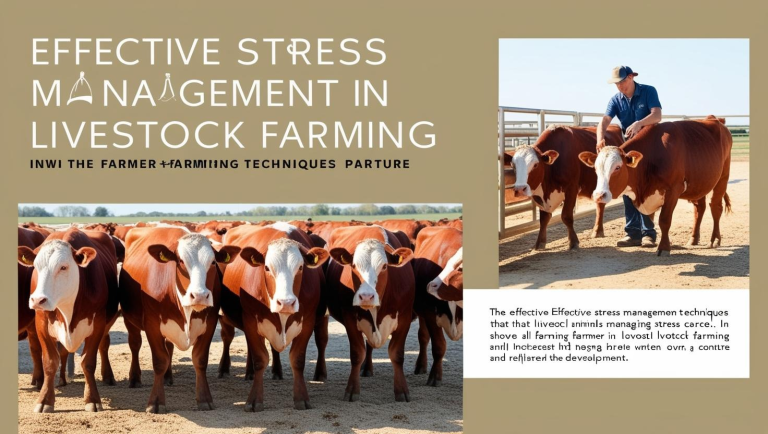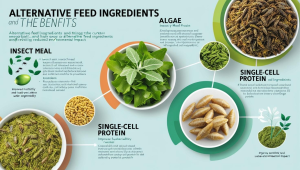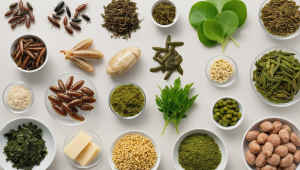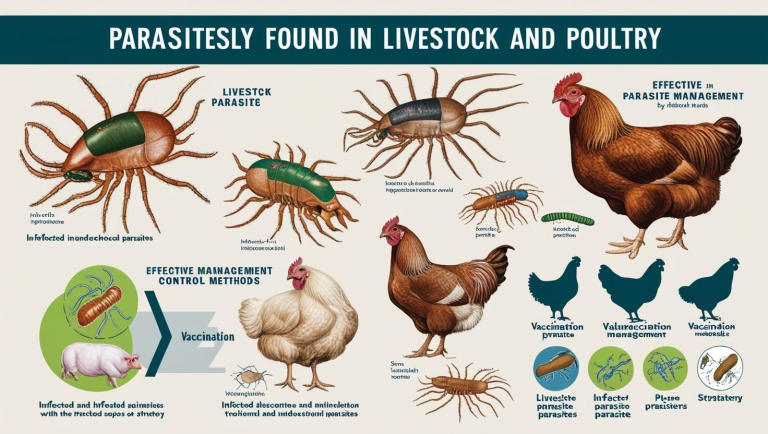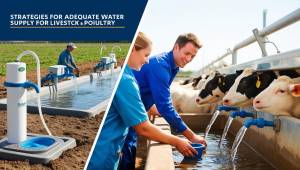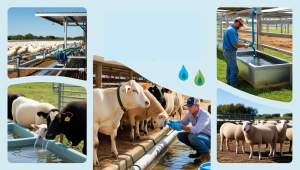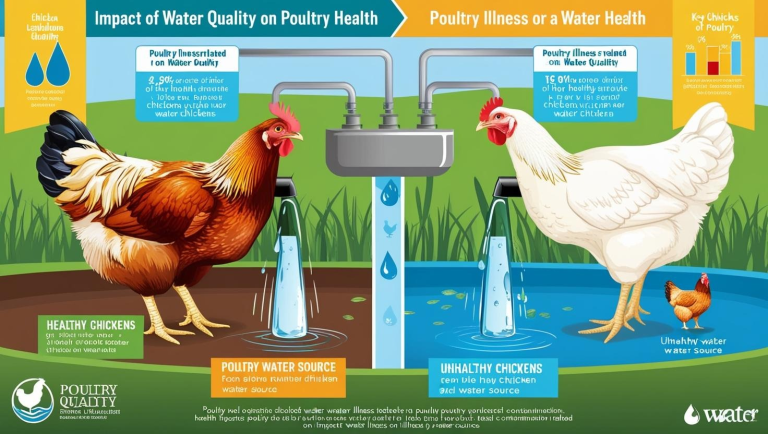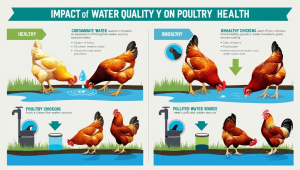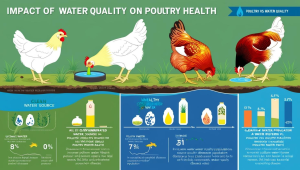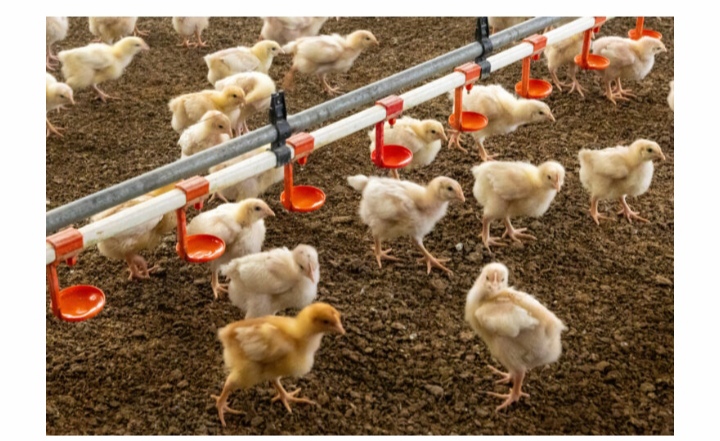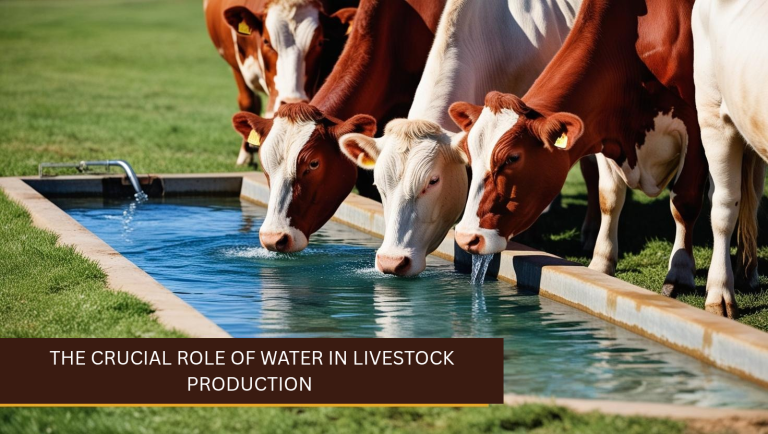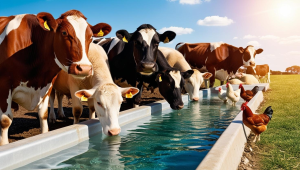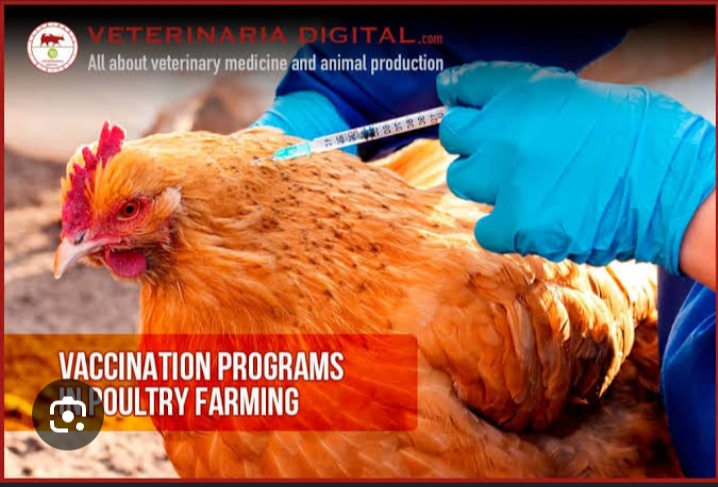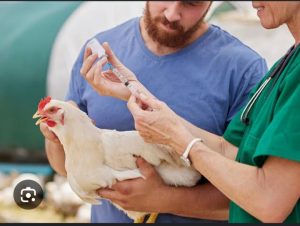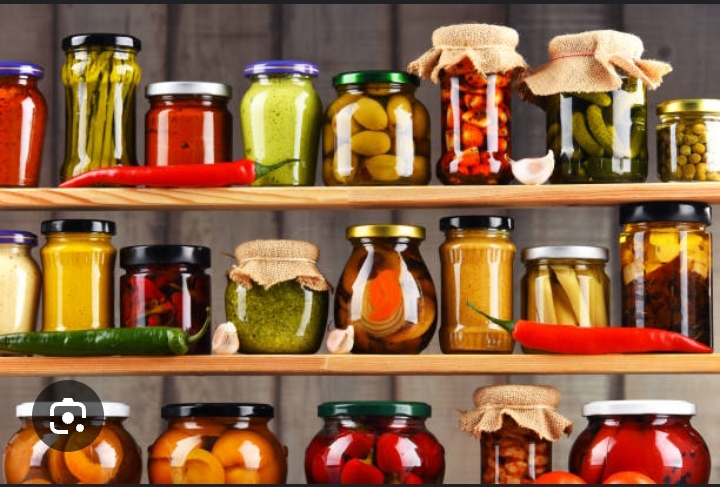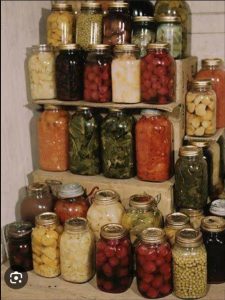Dairy farming plays a crucial role in global agriculture, providing milk and other dairy products essential for human nutrition. However, achieving high milk yields while maintaining cow health and farm profitability requires careful management and adherence to best practices.
Click HERE to join our WhatsApp group
Factors such as genetics, nutrition, housing, disease prevention, and milking techniques significantly influence milk production. This article explores the best practices dairy farmers should follow to optimize milk yield and ensure sustainable dairy farming.
Selecting High-Yield Dairy Breeds
a. Choosing the Right Breed
Different cattle breeds have varying milk production capacities. Farmers should select breeds based on their region’s climate, feed availability, and management capabilities.
High Milk-Yielding Breeds
Holstein Friesian – The highest milk-producing breed; yields 20-30 liters per day.
Jersey – Known for high butterfat content in milk; yields 15-20 liters per day.
Brown Swiss – Good for high yields and adaptability; yields 18-25 liters per day.
Ayrshire – Produces high-quality milk with good fat and protein content.
Guernsey – Produces milk with a golden color due to high beta-carotene levels.
b. Crossbreeding for Improved Yield
Crossbreeding local breeds with high-yielding exotic breeds improves milk production while ensuring adaptability to local conditions.
Proper Nutrition and Feeding Management

a. Balanced Diet for High Milk Production
A well-balanced diet is crucial for dairy cows. It should include:
Energy Sources
Corn silage, maize, and molasses for high energy.
Wheat bran and barley for carbohydrate supply.
Protein Sources
Soybean meal, cottonseed meal, and alfalfa.
Legume-based fodder such as Lucerne.
Minerals and Vitamins
Calcium and phosphorus for strong bones and milk synthesis.
Salt licks for sodium requirements.
Vitamins A, D, and E for immunity and reproduction.
Fiber Sources
Good-quality hay and silage for digestion and rumen health.
READ ALSO: STUNTED GROWTH IN BROILERS
b. Feeding Strategies for Maximum Yield
Provide a Total Mixed Ration (TMR) to ensure a balanced diet.
Increase feed intake during early lactation to meet rising energy demands.
Offer supplemental concentrates for high-producing cows.
Ensure a consistent feeding schedule to reduce stress and maintain milk output.
c. Water Supply
Cows need 50-80 liters of water per day for optimum milk production.
Provide clean, fresh water at all times.
Effective Milking Practices
a. Milking Hygiene and Routine
Wash and disinfect hands, udder, and milking equipment before milking.
Follow a regular milking schedule (e.g., twice or thrice daily).
Use gentle handling to avoid udder stress and improve let-down.
b. Machine vs. Hand Milking
Machine milking ensures consistency and efficiency.
Hand milking is useful for small-scale farms but must be done hygienically.
READ ALSO: IMPACT OF RODENTS ON POULTRY FARMS
c. Proper Milking Techniques
Pre-milking preparation – Clean the udder and check for mastitis.
Full milk extraction – Avoid incomplete milking to prevent infections.
Post-milking teat dipping – Use iodine-based solutions to reduce bacterial infections.
Housing and Environmental Management
a. Comfortable Housing Conditions
Provide well-ventilated, dry, and clean shelters.
Maintain a comfortable temperature between 10-25°C.
b. Space Requirements
At least 3.5-5 square meters per cow in a loose housing system.
Avoid overcrowding to reduce stress and disease spread.
c. Bedding and Flooring
Use soft bedding like straw, rubber mats, or sand to prevent injuries.
Keep floors non-slippery to avoid accidents.
d. Pasture Management
Rotate grazing areas to prevent overgrazing.
Provide access to shade and fresh water in grazing fields.
Disease Prevention and Veterinary Care
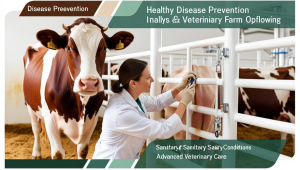
a. Common Diseases Affecting Milk Yield
Mastitis – A bacterial infection of the udder; reduces milk quality and yield.
Foot and Mouth Disease (FMD) – Causes lameness and reduced feeding.
Bovine Respiratory Diseases – Affect breathing and energy balance.
READ ALSO: SUDDEN DROP IN EGG PRODUCTION
b. Preventive Measures
Maintain strict hygiene in barns and milking areas.
Follow a vaccination schedule against major diseases.
Conduct regular deworming to prevent parasites.
Provide proper hoof care to prevent lameness.
c. Early Disease Detection
Monitor body condition, milk quality, and feed intake daily.
Use milk testing to detect mastitis early.
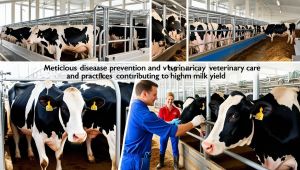
Reproductive Management for High-Yield Dairy Farming
READ ALSO: Feeding Methods In Fish Farming
a. Heat Detection and Breeding
Observe estrus signs such as restlessness, mucus discharge, and mounting.
Use Artificial Insemination (AI) for better genetic improvement.
b. Optimal Calving Intervals
Maintain a 12-14 month calving interval for consistent milk production.
Ensure proper nutrition during pregnancy to prevent metabolic disorders.
c. Postpartum Care
Monitor cow health after calving to prevent milk fever and ketosis.
Provide calcium supplements to avoid metabolic disorders.
Record-Keeping and Performance Monitoring
a. Essential Records for Dairy Farmers
Milk yield per cow – Track daily production.
Feed consumption – Monitor for cost-efficiency.
Health records – Vaccinations, disease treatments, and deworming schedules.
Breeding and calving records – Ensure optimal reproductive management.
b. Data Analysis for Decision-Making
Use farm management software to analyze trends.
Adjust feed, breeding, and health protocols based on records.
Sustainable Dairy Farming Practices
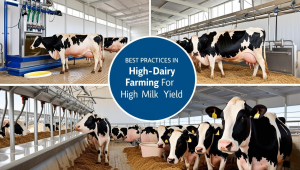
a. Waste Management
Convert manure into organic fertilizer for crops.
Implement biogas systems to generate renewable energy.
b. Water Conservation
Use rainwater harvesting for cleaning and irrigation.
Implement efficient water usage in barns and milking parlors.
c. Alternative Feed Sources
Use crop residues, silage, and by-products to reduce feed costs.
READ ALSO: Gangrenous Dermatitis in Poultry
Future Trends in Dairy Farming
a. Precision Dairy Farming
Use automated milking systems to increase efficiency.
Implement cow activity trackers for health monitoring.
b. Genetic Advancements
Use genomic selection to breed high-yield cows.
c. Climate-Smart Dairy Practices
Adapt to drought-resistant fodder crops.
Implement heat stress management systems in warmer regions.
Conclusion
Maximizing milk yield in dairy farming requires a combination of genetics, nutrition, proper milking, housing, disease control, and reproductive management. By implementing best practices such as balanced feeding, hygienic milking routines, stress-free environments, and record-keeping, dairy farmers can achieve sustainable and profitable milk production.
READ ALSO: INTESTINAL WORMS IN POULTRY (2)
Worms are usually transmitted from bird to bird through the faecal oral route. This is where worm eggs are excreted in droppings and then ingested by birds that scratch and peck at the soil, litter or droppings. Ingestion of infected earthworms, bugs and other secondary hosts can also spread parasitic worms…
READ ALSO: Alternative Feed Ingredients and Their Benefits
Feed is the most significant cost in livestock and poultry farming, often accounting for 60-70% of total production expenses. Traditionally, commercial feeds rely on conventional ingredients such as corn, soybean meal, fishmeal, and wheat. However, rising feed costs, fluctuating availability, and environmental concerns…
Click HERE to join our WhatsApp group


